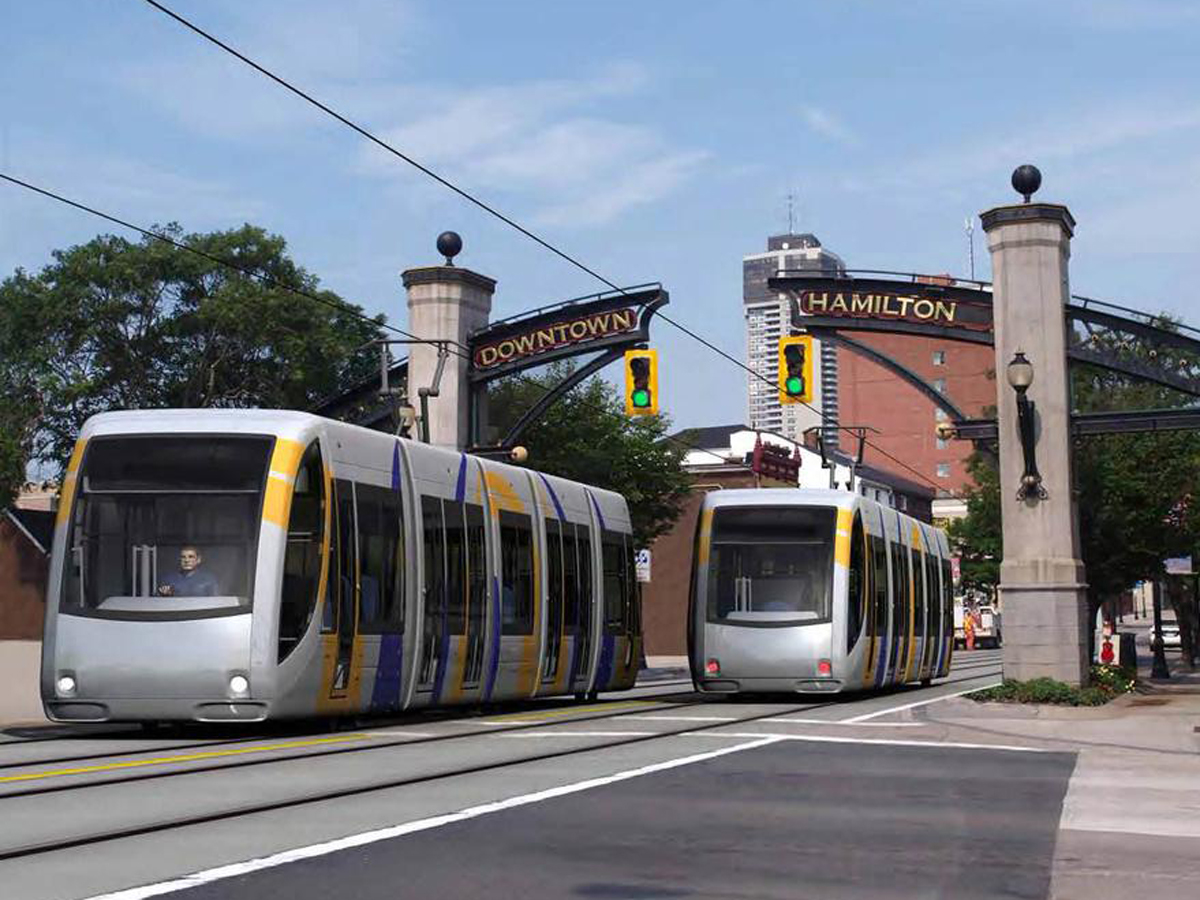Hamilton City Manager Janette Smith says Hamilton will continue to need the construction of “higher order transit” in the near future as the city grows; even if there is a decrease in public transit ridership in the immediate aftermath of COVID-19.
Smith’s comments came in response to a series of questions from Hamilton Chamber of Commerce CEO Kevin Loomis during a video conference interview on May 11. Smith is asked about the Task Force at 31:30.
Smith was one of five members of the province Hamilton Transportation Task Force which was hastily created by Premier Doug Ford’s Progressive Conservative Government after they unexpectedly cancelled Hamilton’s B-Line Light Rail Transit project in December.
The Task Force, which met over a period of two months, was tasked with making recommendations of where to spend $1-billion the province says it is committing to transportation in Hamilton. [It remains murky what that commitment actually entails]
It’s recommendation:
“The Task Force’s preference is for an intra-city higher-order transit project that addresses the City of Hamilton’s transportation needs such as current and future demand and congestion.”
The Task Force did not firmly commit to any project providing an overview of possibilities which were already known and have been long debated in Hamilton.
The Hamilton Chamber of Commerce is leading the largest coalition of business and community groups in Hamilton’s history pushing for a resumption of the tender for the B-Line LRT project. Mayor Fred Eisenberger is speaking about finding federal funding for the project, the federal government is stating that it is reviewing the Hamilton B-Line LRT for funding; however, the funding model for transit infrastructure prior to COVID has been a cost sharing arrangement with municipal financial contribution.
Smith says LRT is one of the projects the City is putting forth to the federal government for any stimulus projects that provincial or federal government launch as part of COVID recovery initiatives.
The City has other public transit capital requests already submitted including requests for funds to build a new Hamilton Street Railway bus garage and more buses.
“COVID doesn’t mean we shouldn’t be investing in something like LRT”, said Smith.
Smith states there are questions about how COVID will impact Hamilton’s population growth projections. “Will it slow down?”, Smith said, answering her own question with “I still think more people will come. Hamilton is a desirable place to live”.
“We may not have huge congestion right now, but we will has more and more people come”, says Smith. “To move people around more effectively, we need transit”.
Production Details v. 1.0.1 First published: May 19, 2020 Last edited: May 19, 2020 Author: Joey Coleman Edit Record v. 1.0.0 original version v. 1.0.1 change to front page excerpt to due to multiple contraction words in original version.

